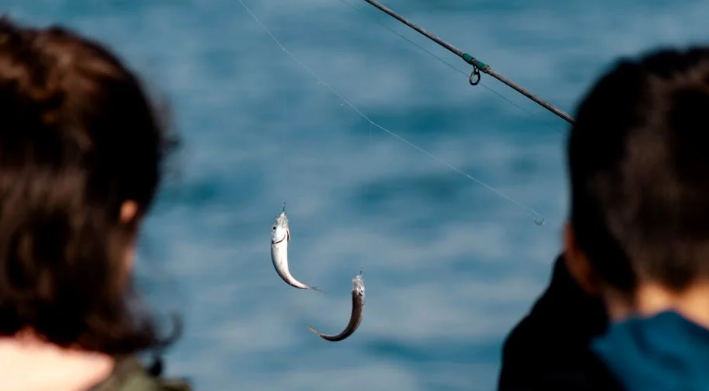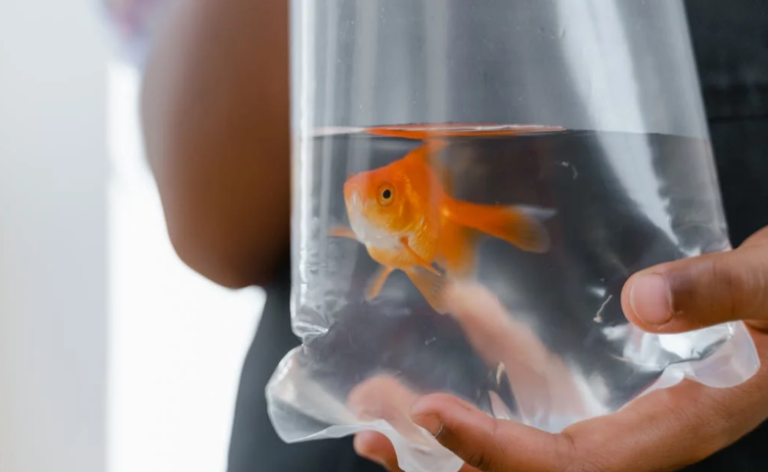Fishing with a wooly bugger is a popular technique among anglers due to its versatility and effectiveness. This guide will help you understand what a wooly bugger is, How to Fish a Wooly Bugger, and the best techniques to use when fishing with it.
What is a Wooly Bugger?
A wooly bugger is a type of fly used in fly fishing. It is one of the most versatile and effective patterns available. It imitates a variety of prey such as minnows, leeches, and crayfish, making it a go-to choice for many anglers.
Components of a Wooly Bugger
- Hook: The base of the fly.
- Tail: Usually made of marabou feathers, which give it movement in the water.
- Body: Often wrapped with chenille or other materials to add bulk and texture.
- Hackle: Feathers wrapped around the body to add more movement and mimic legs or fins.
- Bead Head: Sometimes added for weight and to help the fly sink faster.
Setting Up Your Wooly Bugger
Before you start fishing, you need to set up your wooly bugger correctly. This involves choosing the right equipment and attaching the fly properly.
Equipment Needed
- Fly Rod: A 5-7 weight rod is ideal for wooly buggers.
- Fly Reel: Should match your rod weight.
- Fly Line: Weight-forward floating line or sinking line, depending on water depth.
- Leader and Tippet: A 9-foot leader with a 4X-6X tippet is a good choice.
Attaching the Wooly Bugger
- Tie the Knot: Use a strong knot, such as the improved clinch knot, to attach the wooly bugger to the tippet.
- Check Your Setup: Ensure the fly is securely attached and the line is free of tangles.
Techniques for Fishing a Wooly Bugger

There are various techniques you can use to fish a wooly bugger. Here are some of the most effective methods:
Dead Drift
The dead drift technique involves letting the wooly bugger drift naturally with the current. This is a great way to imitate injured prey.
Steps for Dead Drift
- Cast Upstream: Cast your wooly bugger upstream and let it drift back towards you.
- Mend the Line: Keep the line slack-free by mending it as needed to ensure a natural drift.
- Watch for Strikes: Keep an eye on the line or use a strike indicator to detect bites.
Strip and Pause
The strip and pause technique involves retrieving the fly with short, quick pulls, mimicking the movement of a fleeing baitfish.
Steps for Strip and Pause
- Cast Out: Cast your wooly bugger into the water.
- Retrieve the Line: Use short, quick strips to pull the fly through the water.
- Pause Between Strips: Pause for a second or two between strips to mimic the erratic movement of prey.
Swinging
Swinging the wooly bugger involves casting across the current and letting the fly swing downstream. This is effective in rivers and streams.
Steps for Swinging
- Cast Across the Current: Cast your wooly bugger across the stream or river.
- Let It Swing: Allow the fly to swing across the current, keeping tension on the line.
- Retrieve Slowly: Once the fly reaches the end of its swing, retrieve it slowly.
Jigging
Jigging involves using an up-and-down motion to mimic the movement of prey.
Steps for Jigging
- Cast Out: Cast your wooly bugger and let it sink to the desired depth.
- Lift and Drop: Lift your rod tip to raise the fly, then lower it to let the fly drop.
- Repeat: Continue lifting and dropping to create a jigging motion.
Best Practices for Fishing a Wooly Bugger
So, How to Fish a Wooly Bugger? To increase your chances of success, keep these best practices in mind:
Match the Hatch
Observe the water and try to match the size and color of the wooly bugger to the natural prey in the area.
Vary Your Retrieve
Experiment with different retrieval speeds and techniques to see what works best. Fish may respond differently on different days.
Fish Different Depths
Start by fishing shallow and gradually move to deeper water until you find where the fish are biting.
Use a Strike Indicator
A strike indicator can help detect subtle bites, especially when using the dead drift technique.
Be Patient
Fishing with a wooly bugger can require patience. Keep trying different techniques and locations until you find success.
Conclusion
Fishing with a wooly bugger is a rewarding experience that can yield great results. By understanding what a wooly bugger is, setting it up correctly, and using the right techniques, you can increase your chances of catching fish. Remember to be patient and adaptable, and enjoy the process of learning and improving your fly fishing skills.



